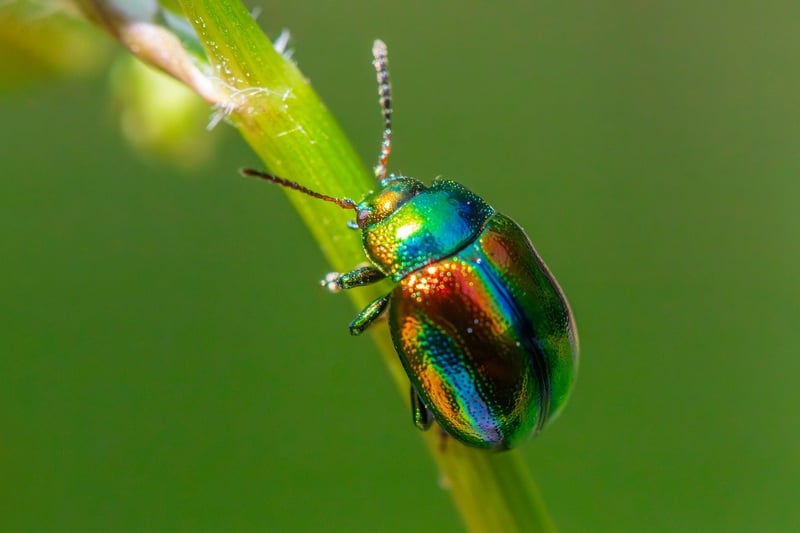Pest Control
Essential Care Routines for Vertical Gardens + Pest Control
Introduction
Vertical gardens are a beautiful and space-efficient way to bring greenery into your living space. However, to ensure that your vertical garden thrives, it's essential to establish proper care routines and be proactive about pest control. In this guide, we'll explore essential care routines for vertical gardens and effective pest control measures to keep your plants healthy and vibrant.
Care Routines for Vertical Gardens
1. Watering
Proper watering is crucial for the health of your vertical garden. Since vertical gardens have limited soil volume, they can dry out quickly. Water your vertical garden regularly, ensuring that the soil is moist but not waterlogged. Consider installing a drip irrigation system for efficient watering.
2. Pruning and Trimming
Regular pruning and trimming are necessary to maintain the shape and health of your plants. Remove dead or yellowing leaves, spent flowers, and overgrown stems to promote new growth and prevent disease spread.
3. Fertilizing
Vertical gardens may require more frequent fertilization due to the limited soil volume. Use a balanced fertilizer to provide essential nutrients to your plants. Be mindful of the specific fertilizer requirements of different plant species in your vertical garden.
4. Checking for Pests and Diseases
Regularly inspect your vertical garden for signs of pests and diseases. Look for yellowing leaves, spots, holes, or webbing. Early detection can help prevent infestations from spreading and causing damage to your plants.
Pest Control for Vertical Gardens
1. Natural Remedies
Consider using natural pest control methods to protect your vertical garden. Planting companion plants that repel pests, such as marigolds or lavender, can help deter unwanted insects. Additionally, spraying neem oil or a mixture of water and dish soap can be effective against common garden pests.
2. Integrated Pest Management (IPM)
Implement an integrated pest management approach to control pests in your vertical garden. This involves using a combination of cultural, physical, biological, and chemical control methods to manage pest populations effectively while minimizing environmental impact.
3. Regular Monitoring
Monitor your vertical garden regularly for signs of pest activity. Look for chewed leaves, wilting plants, or visible insects. Early intervention is key to preventing pest infestations from causing significant damage to your plants.
4. Professional Help
If pest infestations persist despite your efforts, consider seeking professional help. An experienced gardener or pest control expert can provide guidance on specific pest issues and recommend appropriate treatment options to protect your vertical garden.
By following these essential care routines and pest control measures, you can maintain a healthy and thriving vertical garden that enhances the beauty of your living space.

Remember, a little care and attention go a long way in ensuring the success of your vertical garden!
For more tips and inspiration on vertical gardening, check out our Vertical Gardening Guide.
